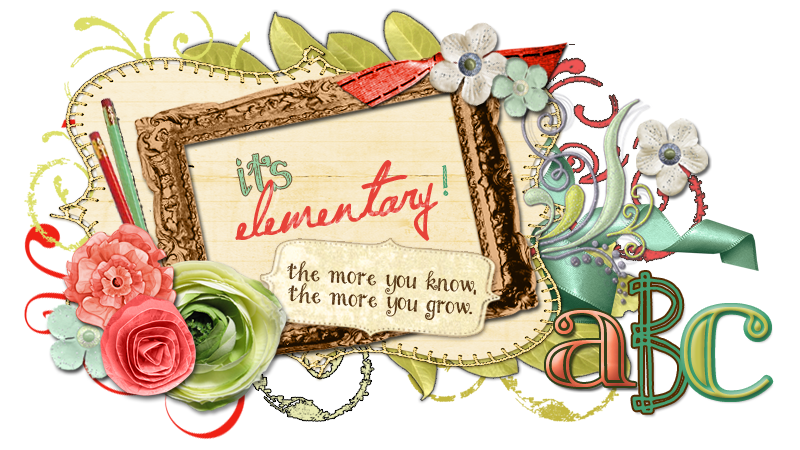I was working on a presentation focusing on the CCSS six shifts for instruction in English Language Arts yesterday, when I pulled out Peter Johnson's book, Choice Words: How Our Language Affects Children's Learning from one of my bookshelves. The proverb, "Better Late Than Never," certainly applies to the reading and digesting of this book. It is a short read but it is so profound and thought-provoking that I found myself going back to reread sections and think about them. I only used post-it notes to write down my thoughts because it seemed sacrilegious to underline or highlight anything in this book. This is definitely a book that every teacher would not only want to read but should read if they are interested in "creating intellectual environments that produce not only technically competent students, but also caring, secure, actively literate human beings." (taken from the back cover of the book, Choice Words)
"If we have learned anything from Vgotsky [1978], it is that 'children grow into the intellectual life around them'." What if our most powerful teaching tool is our language? "Throughout his book, Choice Words, Peter Johnson provides examples of apparently ordinary words, phrases and uses of language that are pivotal in the orchestration of the classroom."
In Chapter Two: Noticing and Naming, Johnston demonstrates the power of ordinary words and phrases. I loved the phrase, "Write down a line you wish you had written", that asks children to turn their attention to the qualities of words while it implies that obviously they will want to use wonderful words to be authors themselves. I wish I had written the line, "What if the children in our classes learned that what they notice matters, and that is is a valued topic of conversation?"
As I read and reread the first 4 chapters, I realized that I was really doing a close reading with a first read, a second read and so on... I was noticing the key understandings, things that surprised me, things that I was still wondering about and key vocabulary. What a great book for us to practice and apply close reading skills.
As I read and reread the first 4 chapters, I realized that I was really doing a close reading with a first read, a second read and so on... I was noticing the key understandings, things that surprised me, things that I was still wondering about and key vocabulary. What a great book for us to practice and apply close reading skills.
Buy yourself a gift this holiday season that will have a lasting affect on your teaching. You can do no better than to purchase and cherish this book.









